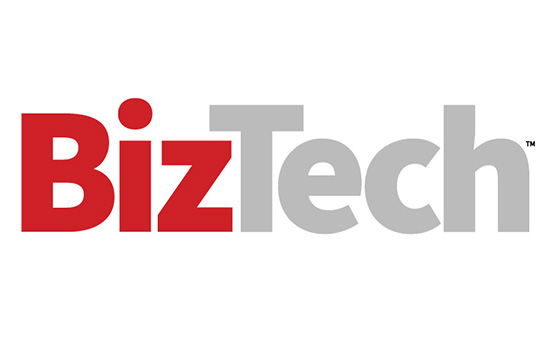Here are three ways to make that happen:
1. Centralize Visibility With Unified Data Management Platforms
Every SMB can benefit from a unified data management platform. Even cloud-only businesses that primarily store data in some combination of Amazon Web Services, Microsoft Azure and Google Cloud Platform — which are the most popular clouds used by SMBs, according to Flexera — can leverage a native data management platform.
Microsoft Purview, for instance, can manage and govern data across on-premises, multicloud and SaaS environments. If you already use Azure, that might be a good starting point. Other viable options for the centralization of data include Snowflake AI Data Cloud and Salesforce Data Cloud.
Third-party tools such as Commvault Cloud and Rubrik Security Cloud take this one step further. They provide a single control plane for managing backups, retention policies and threat detection across the entirety of hybrid environments. This reduces blind spots in your IT stack and streamlines data governance.
Crucially, these tools can help strengthen backup and recovery, especially for businesses with hybrid cloud footprints that retain sensitive data on-premises.













